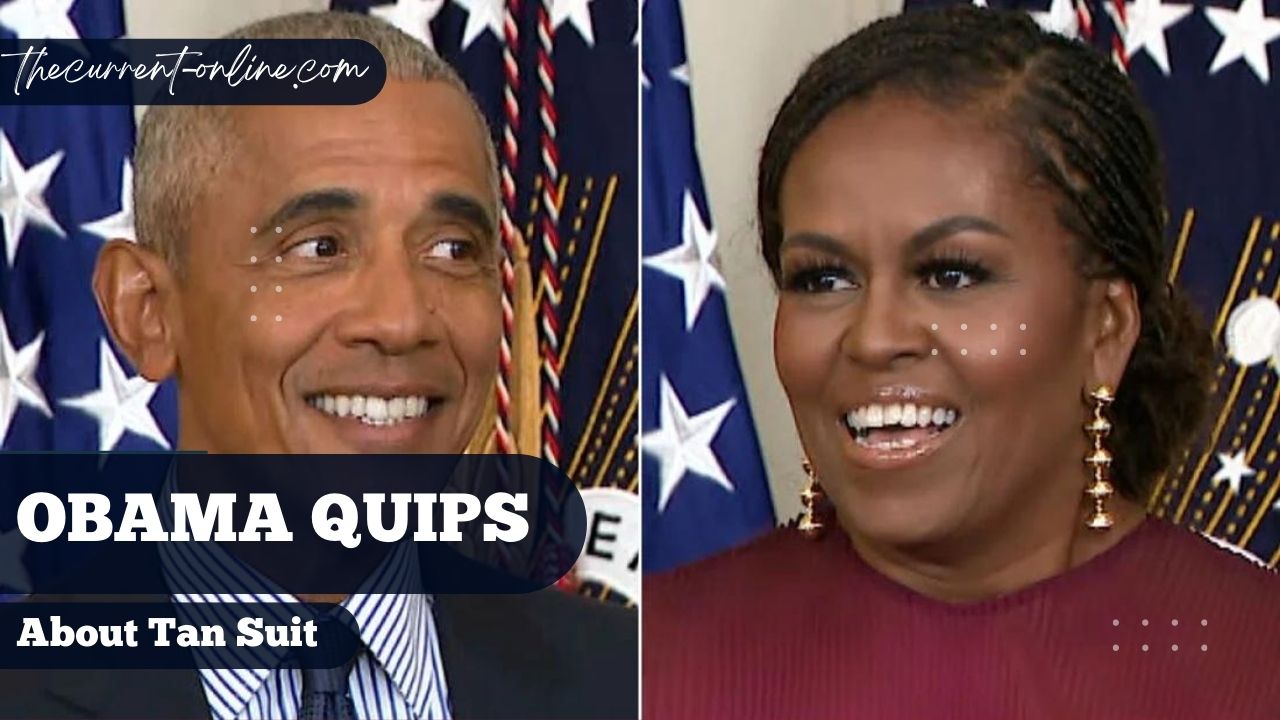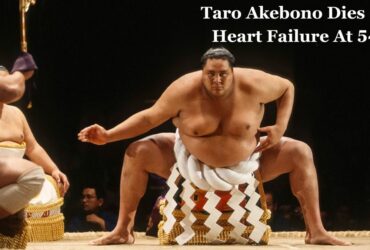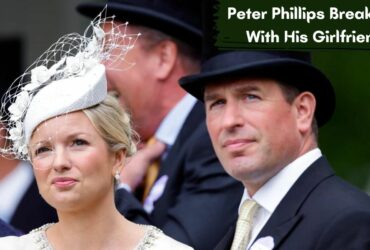When artist Robert McCurdy took the high-resolution photograph that would be used to paint President Barack Obama’s official portrait, he had some strict instructions: no smiles, no motions, and gaze squarely at the camera.
And, as Obama quipped at the launch on Wednesday, there will be no tan suit.
“We’re not searching for a gestural moment,” McCurdy said recently in an interview with the White House Historical Association, which acquires and funds official presidential and first lady portraits. “We’re aiming for something more meditative or transcendent.”
Years later, those guidelines have turned into a drastically distinct style of official presidential art. The portrait of Obama, which was unveiled Wednesday at a ceremony in the East Room, is a photorealistic image of the former President set against a dazzling white background.
Obama, dressed in a black suit, a white shirt, and a light grey tie, peers out from the canvas at the observer with an intriguing expression. Nothing else interferes with the composition.
“What I admire about Robert’s work is that he paints individuals precisely the way they are, for better or worse.
He captures every wrinkle on your face, every crease in your shirt,” Obama added during Wednesday’s event. “You’ll notice he refused to cover up any of my grey hairs. Refused my request to shrink my ears. By the way, he talked me out of wearing a tan suit.”
“It feels like you’re face-to-face, connecting,” Obama continued. “That appealed to me, in part because presidents are frequently portrayed negatively. They even take on mythical significance, especially after you’ve passed away and everyone forgets everything they didn’t like about you.”
According to the artist, after the first photograph from which McCurdy painted, the former President had no say in the final image.
“It is part of my process that the sitter is not allowed to comment on how the painting looks. They are completely removed from the process “He stated. “Because he was receptive to that and accepting of the process, he never viewed the photographs from which we worked.”
After posing for photos with her portraitist, New York-based artist Sharon Sprung, in the White House, former First Lady Michelle Obama was equally hands-off with her final portrait.
“I felt this trust from her, that you do your thing, I do mine, and I’m going to trust you with yours, and I believe portraiture works better that way sometimes. That she didn’t give that much other than present herself,” Sprung told the historical association.
Michelle Obama’s portrait, like her husband’s, is painted in a distinct manner that deviates from the more traditional portraits exhibited at the White House. She sits on a sofa from the White House Red Room, posing against a terra-cotta backdrop, wearing a powder blue off-the-shoulder gown made by Jason Wu. She, like the past President, looks out of the frame at the viewer.
Today, President Biden and the First Lady hosted former President Obama and former First Lady Obama for the unveiling of their official White House portraits. pic.twitter.com/v7UikJmQu4
— The White House (@WhiteHouse) September 8, 2022
“Your art is fantastic,” Michelle Obama remarked during the unveiling ceremony. “But it was your spirit, your soul, the way you viewed me, the way we engaged, and it shows in this magnificent piece.”
In another aspect, the paintings are significant in that they depict the first Black president and first lady.
“They do appear to be distinct. But I also don’t believe it is necessary to explain it to them. People appear to understand it, in my opinion “McCurdy explained.
When the Obamas chose artists for earlier pictures displayed at the National Portrait Gallery in Washington, they chose Black painters Kehinde Wiley and Amy Sherald, who were still new to the field at the time.
Both of the painters responsible for the official White House portraits are well-known artists. McCurdy has painted Jeff Bezos, Nelson Mandela, the Dalai Lama, and Jane Goodall, among others, in his characteristic hyper-photorealistic paintings placed against white backgrounds.
Sprung has a long career as a figurative painter, including work for Congress, and has a connection to previous White House portraits: She had an artistic relationship with Aaron Shikler, who created classic White House paintings of John F. Kennedy, Jackie Kennedy, and Nancy Reagan when she was younger.
“I don’t want it to look like it was completed in 2013, for example. I want it to appear to be from this era and location “Sprung stated in a video produced by the White House Historical Association.
The selection process began while the Obamas were still in the White House, with in-person interviews in the Oval Office. Sprung’s interview with the couple was attended by Thelma Golden, director and head curator of The Studio Museum in Harlem.
The painting process was discussed by then-President Obama and McCurdy, including giving control of the final product to the artist and the link between spectator and subject that he strives for in each of his works.
“I think his directness drew him in,” McCurdy remarked.
Sprung brought some preliminary drawings of the then-first lady with her when she visited the Oval Office during Obama’s time in the White House to give the pair a feel of her direction.
“He chose a pair he liked, and she chose a couple she liked, both of whom were in quite different moods. And I found that fascinating, but it also gave me a sense of both of them “Sprung stated.
McCurdy begins his procedure by photographing his subject against a white backdrop roughly 100 times. After choosing just one to paint from, the remainder of the photographs are destroyed, and a 12- to 18-month painting process begins.
All Obama had to do, according to McCurdy, was keep his ground and not move.
“He did a fantastic job,” McCurdy remarked. He described the former President as “charming” and “very present.”
When Sprung arrived at the White House for a meeting with Michelle Obama, she decided to leave her paints at home because she “didn’t want to leave my mark,” instead photographing her and chatting while the Obamas’ dogs barked on the grounds.
“I had them transfer furnishings from the Red Room to the Blue Room because the light was better,” she stated to the White House Historical Association in an interview.
Sprung is shorter than Michelle Obama; her initial goal was to paint the first lady standing up, similar to official portraits of Jacqueline Kennedy and Nancy Reagan, but she changed her mind when she discovered she was gazing up at her rather than down at her.
“I was going to do her standing to give it some respect, but she doesn’t require it. I wanted to do it seated since she has such dignity “Sprung stated.
It proved difficult for McCurdy to keep his portrait of President Obama under wraps as he worked on it. He doesn’t use helpers, but everyone who helped print the photos or happened to wander into his workshop was sworn to silence.
He also had no further meetings with the former President. Instead, the subject became less of a person and more of a project throughout the course of the 18-month painting process.
“They become more of an object, like a technical issue, after a year, a year and a half. I don’t feel like I’m truly getting to know them as I work with them on the canvas,” he added.
Michelle Obama’s portrait took Sprung the longest she’d ever worked on in one painting: eight months.
“I worked on it all hours of the day and night. And I said good morning to her, and I said good night to her,” she said. The most challenging detail, according to Sprung, was not in her face, hands, or any other part of her body, but in her clothes.
McCurdy’s task was to create a moment “where there’s no time,” as he put it.
“There is no prior or subsequent. As though that moment would repeat itself indefinitely, like a bell ringing that never stops. And it’s a technique for immersing the spectator in the moment “He stated.




